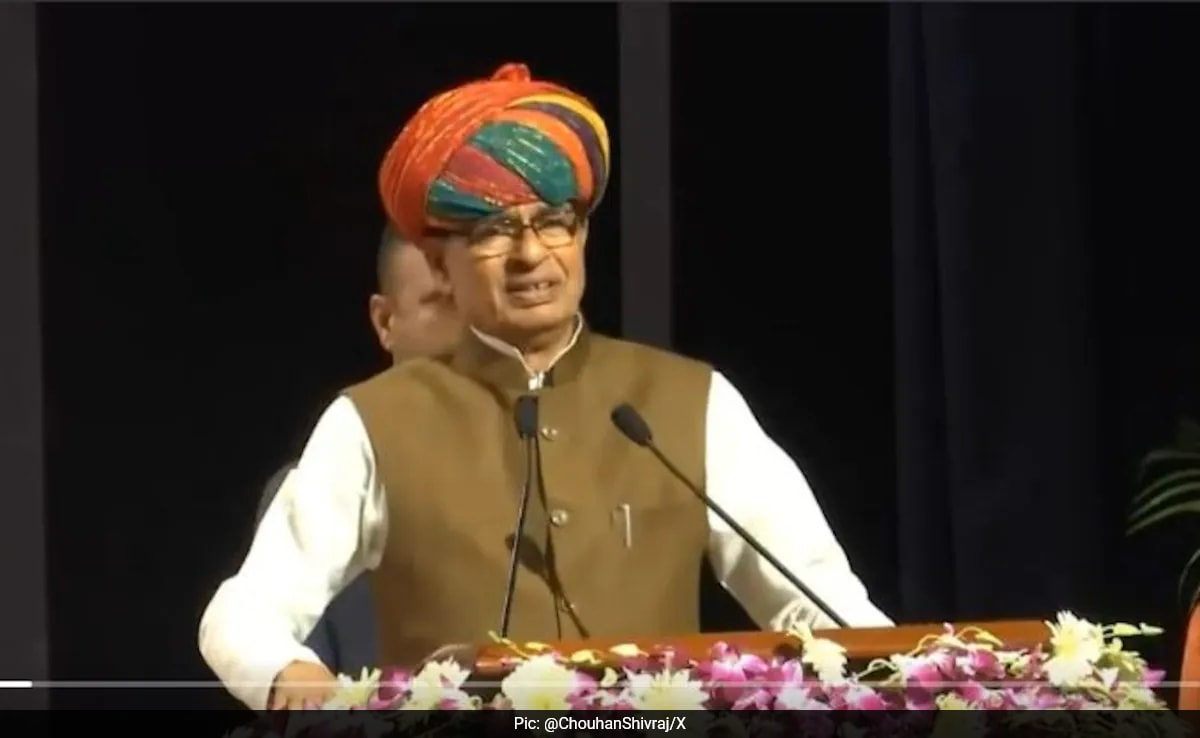

India is facing a challenging trade environment with the United States following the implementation of increased tariffs on Indian goods. Union Agriculture Minister Shivraj Singh Chouhan has asserted that India will not compromise on the interests of its farmers and will actively explore new markets to offset the impact of these tariffs.
India's Response to US Tariffs
The US has increased tariffs on many Indian goods, bringing the total tariffs up to 50%. This decision follows an earlier 25% duty implemented recently, a move perceived as targeting India's continued purchase of Russian oil amid geopolitical tensions. The tariffs are the highest the US has imposed on any trading partner, causing considerable concern in India, with $87 billion worth of exports to the US potentially at risk.
India's Ministry of External Affairs has criticized the tariffs as "unfair, unjustified, and unreasonable," emphasizing India's sovereign right to make its own energy decisions. Rather than immediate retaliation, India is pursuing a multi-pronged strategy that includes diplomatic engagement and sectoral support. The government remains committed to a fair bilateral trade agreement, with ongoing trade negotiations.
Impact on Indian Economy
The tariffs threaten India's $434 billion export engine, with $87 billion directed to the US, which is equivalent to 2.5% of India's GDP. Industry estimates suggest a $4–5 billion drop in engineering exports alone, while overall GDP growth could decline by 0.2–0.5%. Sectors like textiles, gems and jewellery, automobiles, shrimp, home textiles and carpets are expected to face significant pressure. The gem and jewellery industry, which exports nearly 30% of its total global trade to the US, anticipates severe consequences.
However, some sectors, such as pharmaceuticals, semiconductors, energy resources (crude oil, natural gas), and critical minerals, have been exempted from the tariffs. This is particularly beneficial for India's generic drug exports, which account for 50% of the US market.
Exploring New Markets
To mitigate the impact of the US tariffs, India is strategically diversifying its export markets, targeting 50 countries in West Asia and Africa. These markets together account for about 90% of India's total exports. The government is coordinating with export promotion bodies to identify competitive advantages and rival offerings, aiming to enhance manufacturing and export competitiveness.
The government's strategy includes customised schemes under the proposed Export Promotion Mission, redirecting goods to alternative markets, and promoting under-exported products in the domestic market. Agriculture Minister Chouhan has assured farmers that the Indian market, with its 140 crore (1.4 billion) people, is a strength and can absorb much of the farm produce. He has encouraged farmers not to worry, emphasizing that India will explore new geographies for exporting farm produce.
Commitment to Farmers
Prime Minister Narendra Modi has stated that India will never compromise on the interests of its farmers, even if it means paying a heavy price. Chouhan has echoed this sentiment, asserting that the government prioritizes farmers' interests and will not bow down to external pressures. He also pointed out the disparity in the scale of farm operations between India and the US, suggesting that the US should consider keeping the agriculture sector separate in trade negotiations.
Diversification as a Strategy
In India's rapidly evolving economy, diversification across asset classes has become a pivotal strategy for wealth creation. Astute investors are increasingly seeking to spread their investments across various asset classes to better manage risk and optimise returns. By allocating capital across different asset classes—such as equities, real estate, fixed income, and commodities—investors can reduce the impact of market volatility and economic downturns.
The Road Ahead
Despite the current trade tensions, bilateral relations between India and the US remain a priority for both countries. The US views India as a counterbalance to China, while India sees the US as a key partner in technology, defence, and energy cooperation. Both nations are expected to continue negotiations, with India keen to strike a trade deal while safeguarding the interests of its farmers and key sectors. In the meantime, India is focused on diversifying its export markets and strengthening its domestic economy to weather the storm of increased US tariffs.